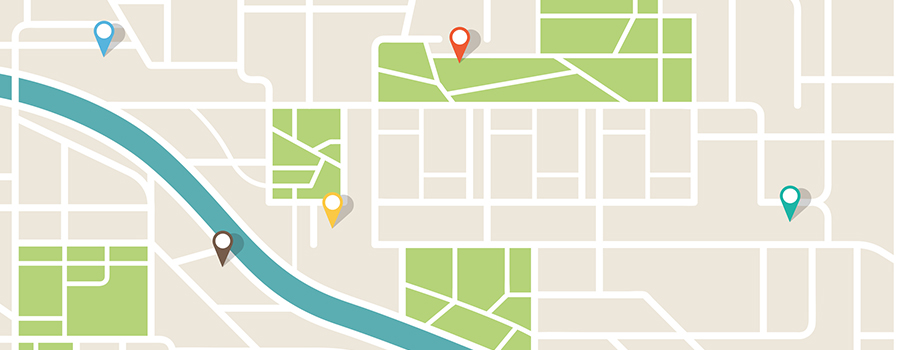
In today's digital marketing landscape, personalization is the name of the game. Consumers expect to see advertisements that are specific to them, and marketers aim to serve ads that are as targeted to consumers as possible. With so many targeting options across a variety of advertising platforms, it can be difficult to know which combination of targeting options will serve your ads to the right person at the right moment. This is where geofencing comes into play.
Geofencing campaigns are targeted primarily based on one factor: physical location. When someone enters a specific geographic area, they'll be eligible to see your ads. This can be especially valuable for retailers who want to attract potential customers shopping nearby, or even businesses who want to entice more trade show attendees to visit their booth. As long as your audience is based partly on location, geofencing campaigns are an option to explore.
So where do you start? If you're considering launching a geofencing campaign, these tips will help take you in the right direction!
5 Tips to Create a Successful Geofencing Campaign
1. Choose Your Location
Selecting which area to target will determine how many people can potentially see your ad and influence both your budget and which platform to use. Do you want to target only people who are attending a trade show? Are your potential customers everyone within one mile of a shopping plaza? Or is an entire city your market? This decision will be the first step in building your campaign.
2. What Are You Tracking?
Like any other digital campaign, you have a wide range of metrics to track with geofencing ads. Tracking reach and impressions will help you understand how many people have seen your ads, and how often. You can also track clicks and your click-through rate to understand your ad effectiveness. Another metric that certain geofencing platforms offer is store visits - with this metric, you can track how many people saw your ad and then visited a physical location, such as your store or office. This metric can be a game-changer when evaluating how effective your ads were.
3. Select Your Platform
Just about every digital advertising platform has geofencing options, with some more specific than others. Did you decide that your potential audience is an entire city, or an even larger area? If so, Google, Facebook, and other social media platforms will work for you. But if you'd like your targeting to be smaller, such as a specific neighborhood or building, you'll want to look at other platforms such as GroundTruth or El Toro.
4. Design Your Creative
Each platform has their own design requirements, which you'll want to keep in mind when designing your ad creative. But most importantly, make sure all your creative is optimized for mobile devices. Because your campaigns are based on physical locations, it's more likely than not that your audience will be seeing your ads on a phone or tablet.
5. Set Your Secondary Targeting
In some cases, you might want your audience to be defined by more than their physical location. Consider demographics, such as age and income, and other behavioral targeting options to make sure your campaign is as targeted as possible.
Geofencing technology is still new to many digital marketers, and setting up your first campaign can seem daunting. If you'd like help with launching your campaigns, or if you aren't sure if geofencing is the right strategy for you, contact the experts at Informatics today!
